Lorem ipsum dolor sit amet, consectetur adipisicing elit, sed do eiusmod tempor incididunt ut labore et dolore magna aliqua. Ut enim ad minim veniam, quis nostrud exercitation ullamco laboris nisi ut aliquip ex ea commodo consequat. Duis aute irure dolor in reprehenderit in voluptate velit esse cillum dolore eu fugiat nulla pariatur. Excepteur sint occaecat cupidatat non proident, sunt in culpa qui officia deserunt mollit anim id est laborum. Donec elementum
Lorem ipsum dolor sit amet, consectetur adipisicing elit, sed do eiusmod tempor incididunt ut labore et dolore magna aliqua. Ut enim ad minim veniam, quis nostrud exercitation ullamco laboris nisi ut aliquip ex ea commodo consequat. Duis aute irure dolor in reprehenderit in voluptate velit esse cillum dolore eu fugiat nulla pariatur. Excepteur sint occaecat cupidatat non proident, sunt in culpa qui officia deserunt mollit anim id est laborum. Donec elementumLorem ipsum dolor sit amet, consectetur adipisicing elit, sed do eiusmod tempor incididunt ut labore et dolore magna aliqua. Ut enim ad minim veniam, quis nostrud exercitation ullamco laboris nisi ut aliquip ex ea commodo consequat. Duis aute irure dolor in reprehenderit in voluptate velit esse cillum dolore eu fugiat nulla pariatur. Excepteur sint occaecat cupidatat non proident, sunt in culpa qui officia deserunt mollit anim id est laborum. Donec elementum
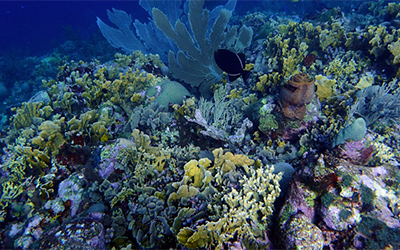
Corals Face Threat from Tiny Enemy
Climate change and environmental stressors are not the only threats for coral reefs worldwide. Overfishing allows other reef organisms such as algae to crowd out corals. This has a snowball effect that alters the battlefield corals face.
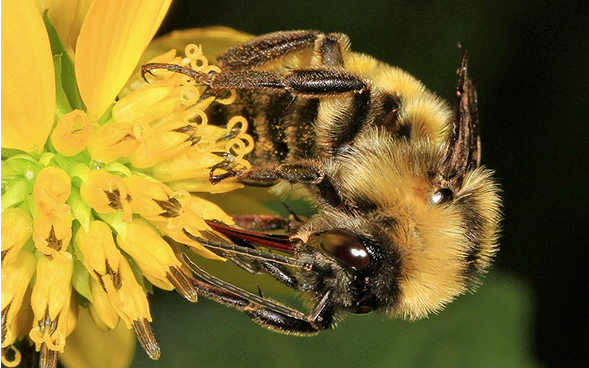
This Stings: Some Flowers Can Harm the Bumble Bees They’re Meant to Attract
“There is something about certain plant species that makes them hotspots for transmitting infections, when an infected bee visits these flowers, they might leave the parasite behind to be picked up by the next visiting bee.”
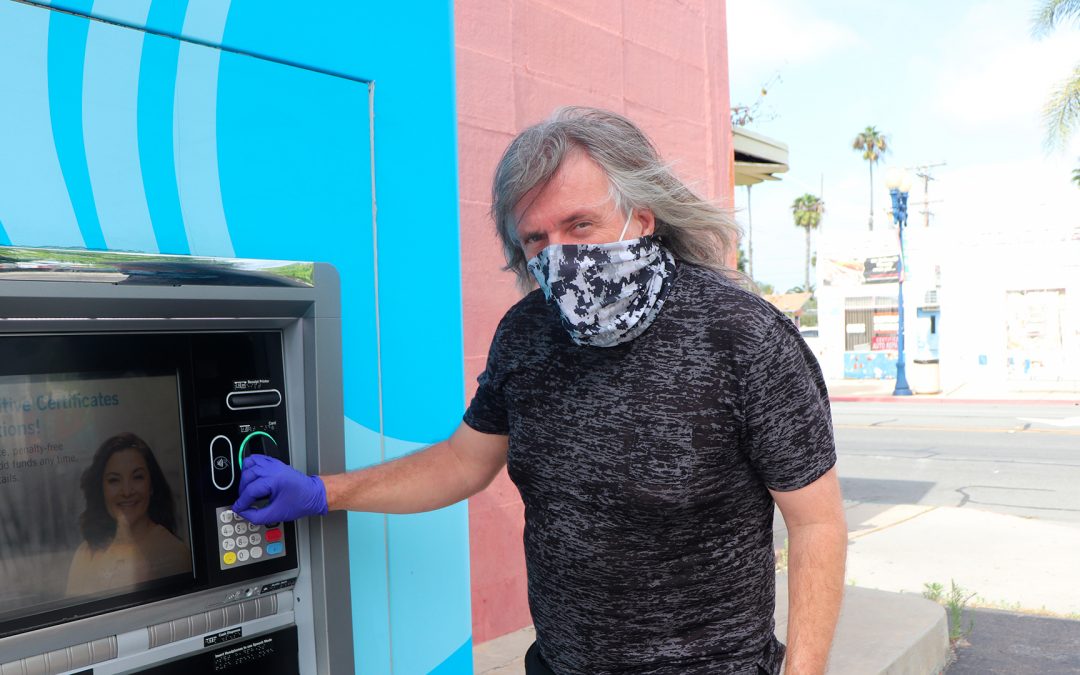
Researchers Tracing How COVID-19 Spreads, Mutates in the Environment
A multidisciplinary team of experts in virology and computer modeling has quickly assembled at San Diego State University to learn more about how the new coronavirus (COVID-19) spreads in the environment and how its trajectory can be better predicted.
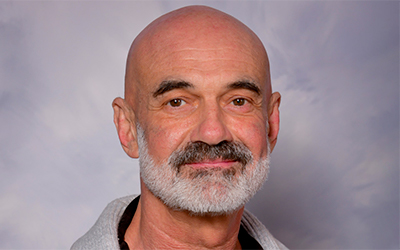
In Memoriam: Roland Wolkowicz
“Roland believed in the power of education,” said Cameron Smurthwaite, who studied under Wolkowicz and became a close friend. “Roland believed that science could bridge gaps between classes and people, and that education was a part of this.”
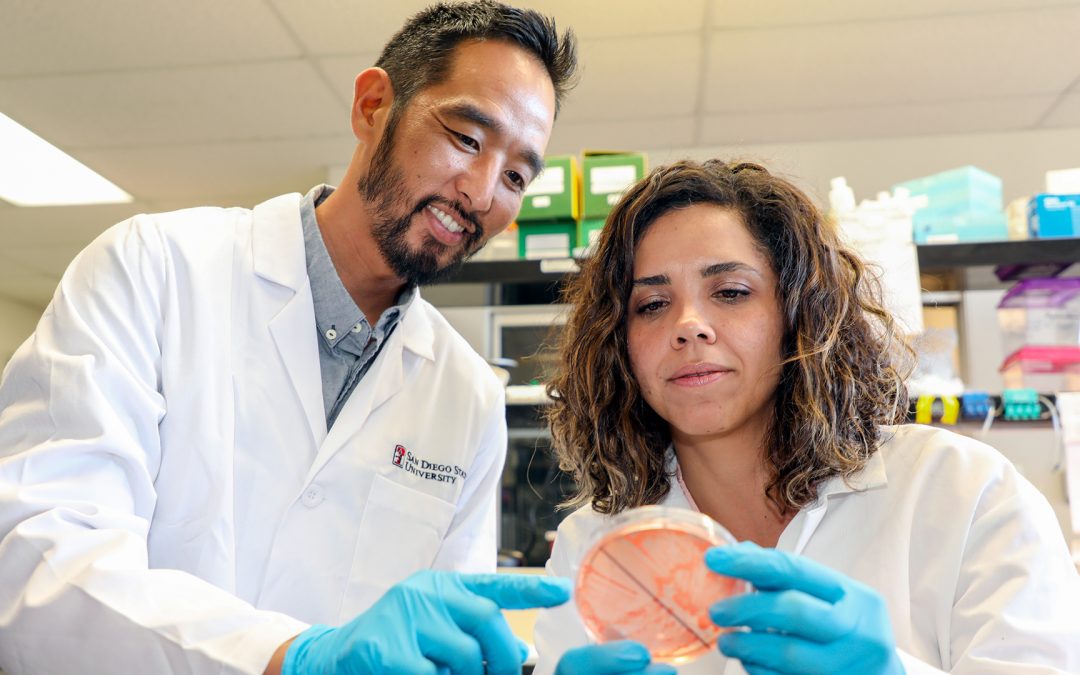
Marine Microbiologist Receives Major NSF Career Development Award
The nearly $1 million grant will enable Nicholas Shikuma to further explore how bacteria cause metamorphosis in marine animals and corals.
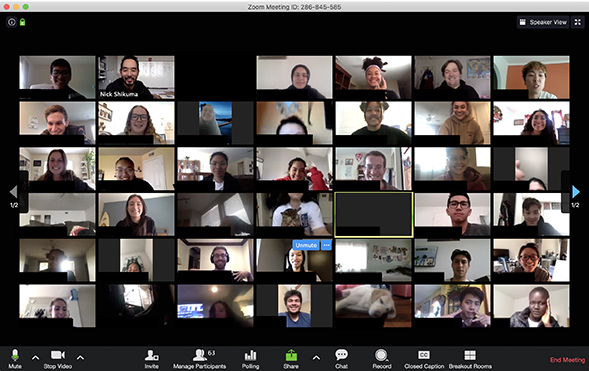
How This SDSU Professor is Making the Most of Virtual Instruction
“My graduate students are stressed about the impact this will have on their research,” Shikuma said. “Among my undergraduate students, some are seniors who are sad to leave their friends since this is their last semester in college, and I can relate to that.”
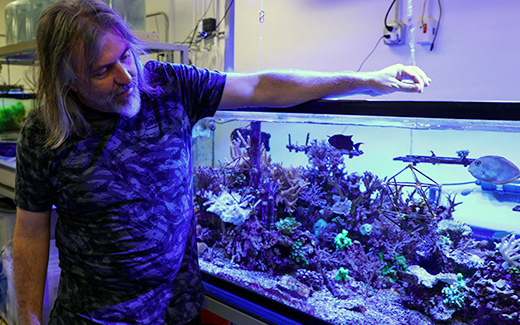
SDSU Ecologist Receives Prestigious Moore Foundation Award
Forest Rohwer has been awarded $2 million to explore ways to help coral reefs adapt to climate change. He is one of 15 scientists from different research institutions around the world chosen by the Gordon and Betty Moore Foundation to receive investigator awards to pursue research under the Symbiosis in Aquatic Systems Initiative (SASI).
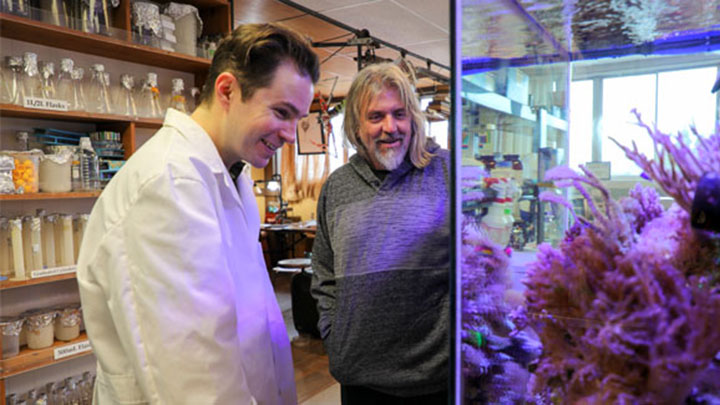
Common Foods Can Help ‘Landscape’ the Jungle of Our Gut Microbiome
San Diego State University researchers have found a new way to harness food as medicine, which has far-reaching implications to control harmful microbes in our gut while balancing microbial diversity by fostering the growth of beneficial bacteria.
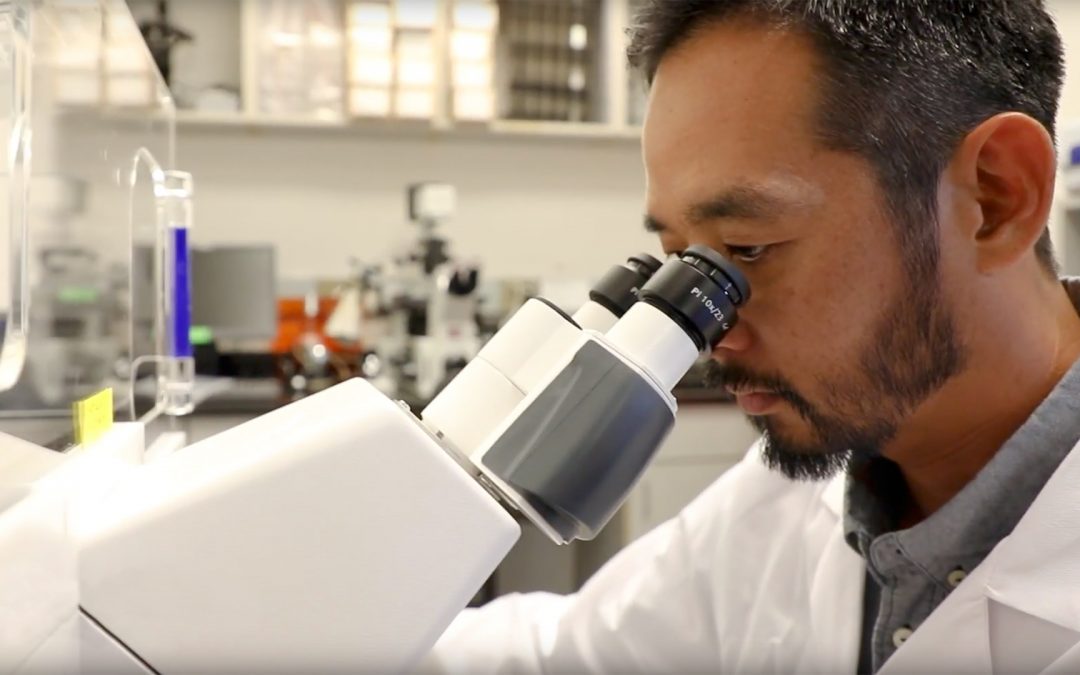
‘Death Star’ Bacterial Structures Could Be Drug Delivery Tool
By scraping tubeworms off the bottom of boats in San Diego Bay to study them, SDSU researchers discovered a beneficial bacterium that aids in establishing colonies could also be a boon for human health, because the same process might already take place in the human gut.
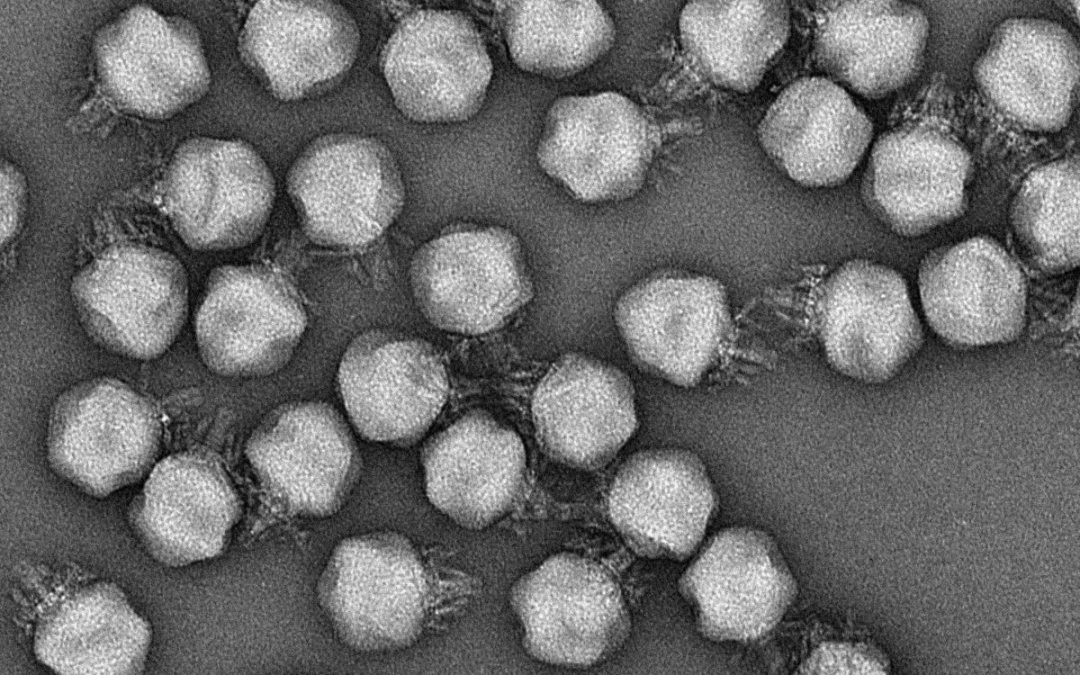
Meet crAssphage, The Virus That You’re Probably Carrying
A study released today in Nature Microbiology reveals patterns of a virus that half the people in the world are carrying. The collaboration of 117 scientists across the globe focuses on crAssphage, a virus that feeds on human gut bacteria.
Lorem ipsum dolor sit amet, consectetur adipisicing elit, sed do eiusmod tempor incididunt ut labore et dolore magna aliqua. Ut enim ad minim veniam, quis nostrud exercitation ullamco laboris nisi ut aliquip ex ea commodo consequat. Duis aute irure dolor in reprehenderit in voluptate velit esse cillum dolore eu fugiat nulla pariatur. Excepteur sint occaecat cupidatat non proident, sunt in culpa qui officia deserunt mollit anim id est laborum. Donec elementum
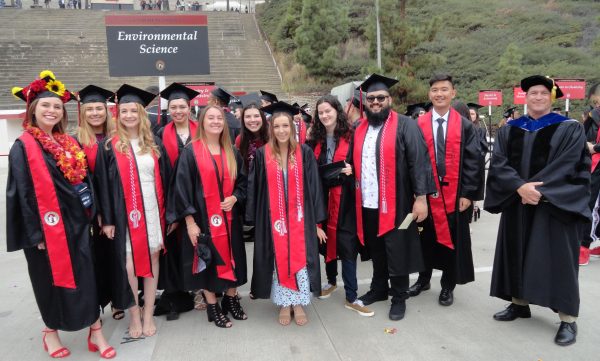
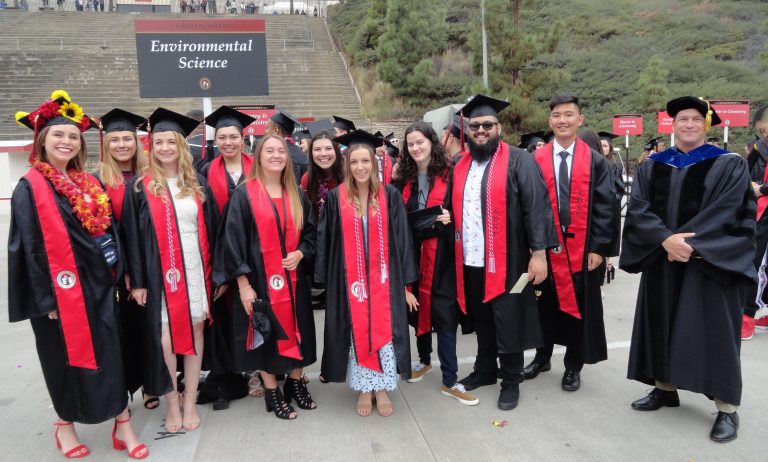

Lorem ipsum
dolor sit amet, consectetur adipisicing elit, sed do eiusmod tempor incididunt ut labore et dolore magna aliqua. Ut enim ad minim veniam, quis nostrud exercitation ullamco laboris nisi ut aliquip ex ea commodo consequat. Duis aute irure dolor in reprehenderit in voluptate velit esse cillum dolore eu fugiat nulla pariatur. Excepteur sint occaecat cupidatat non proident, sunt in culpa qui officia deserunt mollit anim id est laborum. Donec elementum
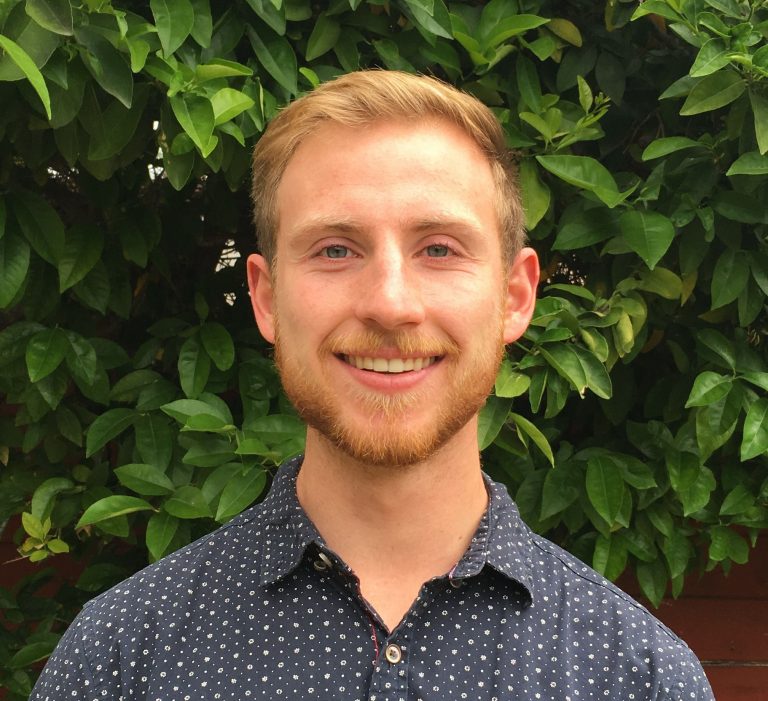
Lorem ipsum dolor sit amet, consectetur adipisicing elit, sed do eiusmod tempor incididunt ut labore et dolore magna aliqua. Ut enim ad minim veniam, quis nostrud exercitation ullamco laboris nisi ut aliquip ex ea commodo consequat. Duis aute irure dolor in reprehenderit in voluptate velit esse cillum dolore eu fugiat nulla pariatur. Excepteur sint occaecat cupidatat non proident, sunt in culpa qui officia deserunt mollit anim id est laborum. Donec elementum